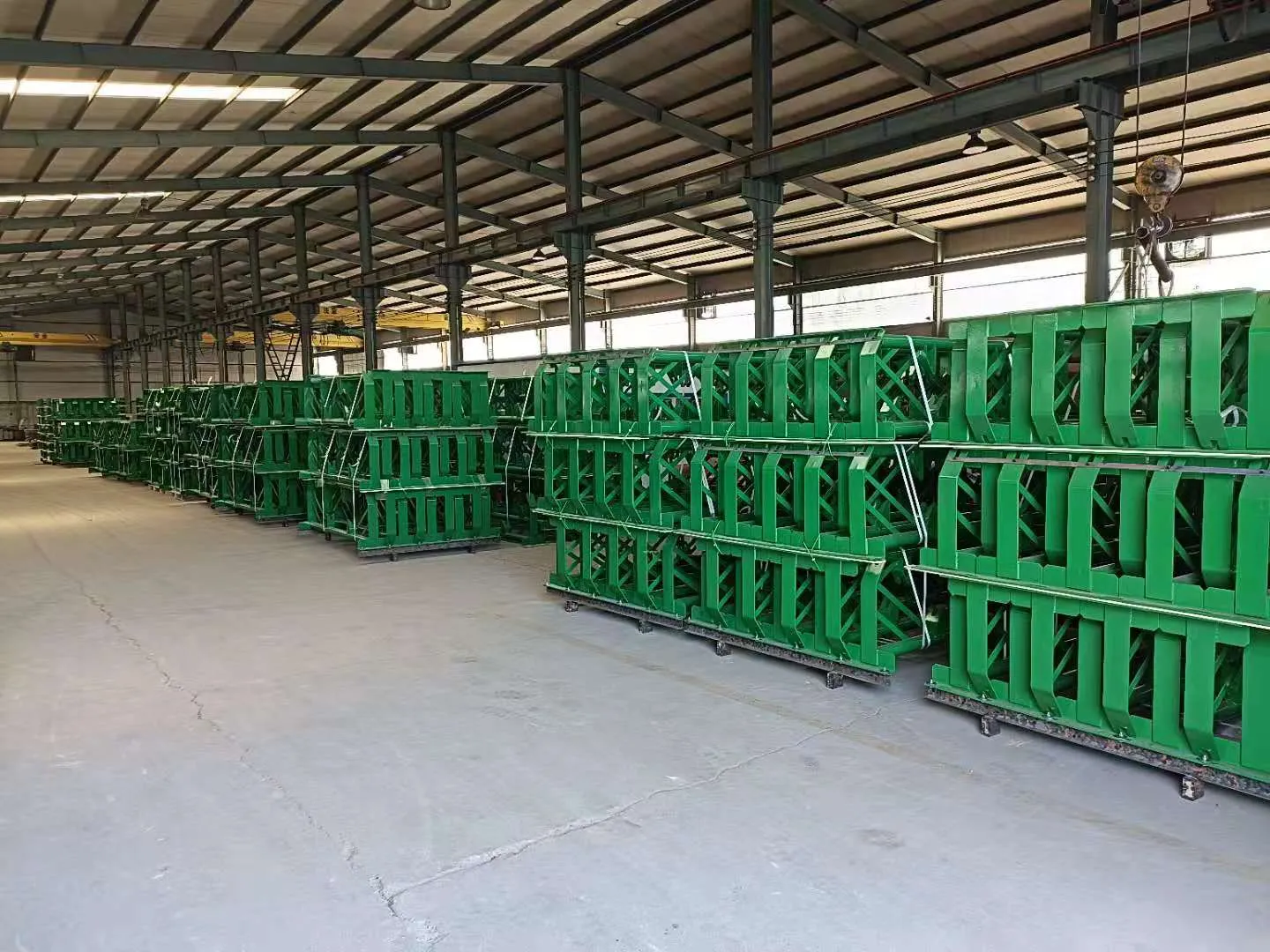 Afrikaans
Afrikaans  Albanian
Albanian  Amharic
Amharic  Arabic
Arabic  Armenian
Armenian  Azerbaijani
Azerbaijani  Basque
Basque  Belarusian
Belarusian  Bengali
Bengali  Bosnian
Bosnian  Bulgarian
Bulgarian  Catalan
Catalan  Cebuano
Cebuano  Corsican
Corsican  Croatian
Croatian  Czech
Czech  Danish
Danish  Dutch
Dutch  English
English  Esperanto
Esperanto  Estonian
Estonian  Finnish
Finnish  French
French  Frisian
Frisian  Galician
Galician  Georgian
Georgian  German
German  Greek
Greek  Gujarati
Gujarati  Haitian Creole
Haitian Creole  hausa
hausa  hawaiian
hawaiian  Hebrew
Hebrew  Hindi
Hindi  Miao
Miao  Hungarian
Hungarian  Icelandic
Icelandic  igbo
igbo  Indonesian
Indonesian  irish
irish  Italian
Italian  Japanese
Japanese  Javanese
Javanese  Kannada
Kannada  kazakh
kazakh  Khmer
Khmer  Rwandese
Rwandese  Korean
Korean  Kurdish
Kurdish  Kyrgyz
Kyrgyz  Lao
Lao  Latin
Latin  Latvian
Latvian  Lithuanian
Lithuanian  Luxembourgish
Luxembourgish  Macedonian
Macedonian  Malgashi
Malgashi  Malay
Malay  Malayalam
Malayalam  Maltese
Maltese  Maori
Maori  Marathi
Marathi  Mongolian
Mongolian  Myanmar
Myanmar  Nepali
Nepali  Norwegian
Norwegian  Norwegian
Norwegian  Occitan
Occitan  Pashto
Pashto  Persian
Persian  Polish
Polish  Portuguese
Portuguese  Punjabi
Punjabi  Romanian
Romanian  Russian
Russian  Samoan
Samoan  Scottish Gaelic
Scottish Gaelic  Serbian
Serbian  Sesotho
Sesotho  Shona
Shona  Sindhi
Sindhi  Sinhala
Sinhala  Slovak
Slovak  Slovenian
Slovenian  Somali
Somali  Spanish
Spanish  Sundanese
Sundanese  Swahili
Swahili  Swedish
Swedish  Tagalog
Tagalog  Tajik
Tajik  Tamil
Tamil  Tatar
Tatar  Telugu
Telugu  Thai
Thai  Turkish
Turkish  Turkmen
Turkmen  Ukrainian
Ukrainian  Urdu
Urdu  Uighur
Uighur  Uzbek
Uzbek  Vietnamese
Vietnamese  Welsh
Welsh  Bantu
Bantu  Yiddish
Yiddish  Yoruba
Yoruba  Zulu
Zulu beater roller
The Beater Roller Revolutionizing Material Processing in Industry
In the realm of manufacturing and processing, technology continues to evolve, introducing innovative machinery that improves efficiency and productivity. Among these advancements, the beater roller stands out as a significant development, particularly in industries that require effective size reduction and material blending. This article explores the beater roller's functionality, applications, and benefits, highlighting its contribution to various sectors.
What is a Beater Roller?
A beater roller is a type of machinery designed primarily for pulverizing and mixing materials. Its design typically includes a rotating drum equipped with beater arms or blades that aggressively break down particles. The beater roller effectively processes a variety of materials, from grains and spices to plastics and rubber. The rotating mechanism creates a high-impact environment that facilitates the reduction of particle size and even distribution of components.
Mechanism of Action
The operation of a beater roller revolves around its core components the drum, beater arms, and the feeding system. As raw materials are fed into the drum, the beater arms rotate at high speeds, striking the materials with considerable force. This mechanical action causes the particles to collide with one another and the inner walls of the drum, resulting in a rapid breakdown of the material. Simultaneously, the roller efficiently mixes components, ensuring a homogenous blend.
Applications Across Industries
beater roller

The beater roller finds extensive use in various sectors. In the food industry, it plays a crucial role in grinding spices, milling grains, and even producing powdered ingredients. The consistent particle size achieved through beater rollers enhances the quality and flavor of food products. Similarly, in the pharmaceutical industry, the ability to finely grind active ingredients ensures improved bioavailability and effectiveness of medications.
In the plastics industry, beater rollers are employed to mix polymer resins and additives, achieving the desired properties for final products. Additionally, they are instrumental in rubber processing, where they assist in the production of rubber compounds. The versatility of beater rollers also extends to the recycling industry, where they break down materials like plastic and rubber for reprocessing.
Benefits of Using a Beater Roller
The adoption of beater rollers in production processes brings several advantages. Firstly, the efficiency of size reduction leads to decreased processing times, thereby increasing output. The ability to achieve precise particle sizes enhances product quality, particularly in food and pharmaceutical applications. Furthermore, the compact design of beater rollers often requires less floor space compared to traditional milling machines, making them ideal for modern manufacturing settings.
Additionally, the energy consumption of beater rollers can be lower than that of other grinding methods, contributing to reduced operational costs. Their durability and relatively low maintenance requirements further enhance their appeal for long-term use. As industries continue to seek ways to improve sustainability and minimize waste, the beater roller stands out as a reliable solution.
Conclusion
In conclusion, the beater roller has become an indispensable asset in various industrial applications due to its effective material processing capabilities. By providing efficient size reduction and thorough mixing, it enhances product quality and operational efficiency. As technology advances, the beater roller is likely to evolve further, adapting to the changing needs of industries and continuing to play a crucial role in the manufacturing landscape. Whether in food production, pharmaceuticals, plastics, or recycling, the beater roller proves to be a key player in the future of material processing.
-
Revolutionizing Conveyor Reliability with Advanced Rubber Lagging PulleysNewsJul.22,2025
-
Powering Precision and Durability with Expert Manufacturers of Conveyor ComponentsNewsJul.22,2025
-
Optimizing Conveyor Systems with Advanced Conveyor AccessoriesNewsJul.22,2025
-
Maximize Conveyor Efficiency with Quality Conveyor Idler PulleysNewsJul.22,2025
-
Future-Proof Your Conveyor System with High-Performance Polyurethane RollerNewsJul.22,2025
-
Driving Efficiency Forward with Quality Idlers and RollersNewsJul.22,2025





























